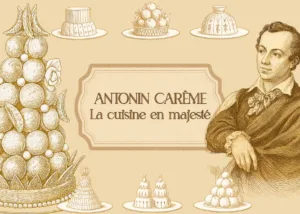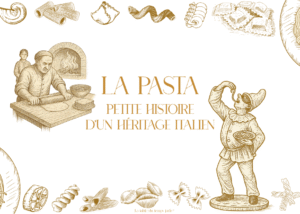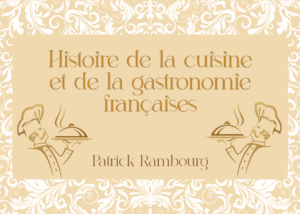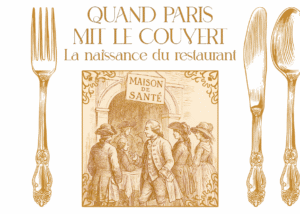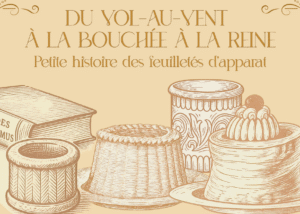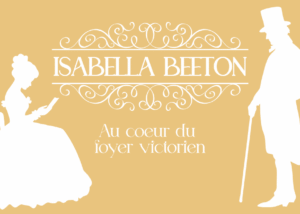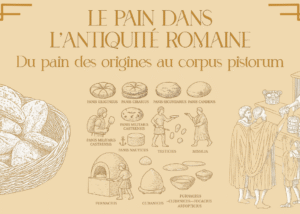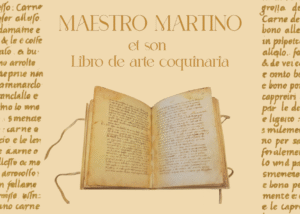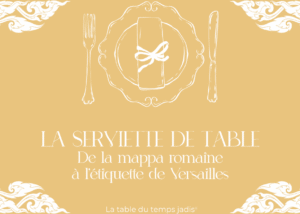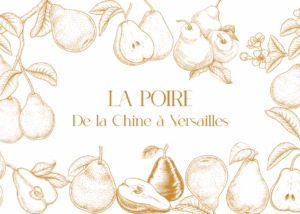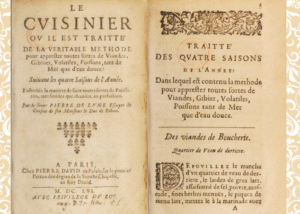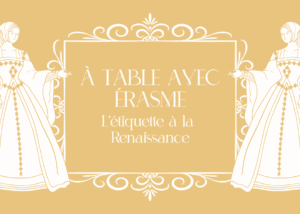Isabella Beeton
In the heart of the Victorian home

"The duties of the mistress of the house are similar to those of the general of an army or the director of a large company."
Isabella Beeton
In Victorian England, where the home is the discreet theater of feminine power, a twenty-five-year-old woman is shaking things up. Armed with a clear pen and a methodical mind, Isabella Beeton gives domestic life its letters of nobility . Portrait of a pioneer with a dazzling destiny.

A woman ahead of her time
When Isabella Mary Mayson married Samuel Beeton in 1856 , she was only twenty years old. She was lively, curious, educated, and already had a lively pen.
Born in 1836 in Marylebone, in the heart of London, she grew up in a large blended family, which familiarized her with domestic realities from an early age. She studied in Germany , learning the piano and French , and acquired a more cosmopolitan culture than that of many young English women of her time.
She quickly put her talents to work for her husband's publishing activities. Less than a year after their marriage, she began writing for The Englishwoman's Domestic Magazine , a periodical launched by Samuel. She had a column , translating French texts and collecting recipes, often sent in by readers. Without fully realizing it yet, she was already laying the foundations of what would become a colossal work : a structured guide to domestic life, designed for the modern woman.

Mrs Beeton's Book of Household Management
It was in 1859 that the project took on another dimension. The Beetons published monthly 48-page supplements to accompany The Englishwoman's Domestic Magazine . These leaflets appeared for two years , and in October 1861 , they were collected in a single volume: Mrs Beeton's Book of Household Management .
This is not just a collection of recipes, but a comprehensive manual, which combines cooking advice, hygiene, staff and household organization and, of course, etiquette. In a word: everything a Victorian housewife needs to know to manage her home with rigor and authority .
The book was a resounding success: it reassured, structured, and instructed. It was also profoundly innovative in its form , with its clearly numbered recipes, cooking times, approximate costs, and practical observations. One senses Isabella's methodical spirit, her desire to make accessible an efficient and rational vision of everyday domestic life.

Order, the supreme virtue
In a rapidly changing Victorian world, where the middle classes aspire to emulate the aristocracy while keeping their own household, Isabella Beeton embodies a reassuring form of clarity. She seeks not to shine through sophistication, but through organization. Her book brings order to everyday chaos : it classifies, it explains, it anticipates.
For the first time, the recipes are accompanied by separate ingredient lists, precise timings, and practical notes. Everything is designed for practicality . This rigorous and almost scientific approach contrasts with previous collections, which were often confusing or incomplete. Cooking, for her, is not improvisation, but management, a mastered art.
Isabella provides shopping advice, dietary concepts, and elements of domestic hygiene . She imposes a model where the housewife becomes the conductor , and the kitchen, a strategic center. This quest for order deeply marks British culinary culture.

Home sovereignty
Isabella Beeton never presents herself as an activist, and yet her work is fundamentally emancipatory . By codifying gestures and explaining rules, she gives women the means to control their world.
In a century where the domestic sphere is often considered minor, she elevates it to the rank of a structuring domain, essential to the balance of society . Her book becomes a tool for intergenerational transmission , a guide for young wives, a reference for mothers. She transforms the role of the mistress of the house into a valued function, endowed with natural authority and recognized competence.
She offers this discreet but real power to all women capable of reading, understanding, and acting. In this, she embodies a pioneering figure , long before the word became fashionable. Her influence goes beyond the kitchen: she shapes a culture, a posture, a new form of respectability.
Isabella died in 1865 , aged just twenty-eight, shortly after the birth of her fourth child. Her premature death, probably caused by puerperal fever, did not extinguish the light of her legacy.
The work of this young woman continues to inspire , as she embodies the clarity, order and quiet strength of the Victorian home.

Find other blog articles
Find other blog articles





